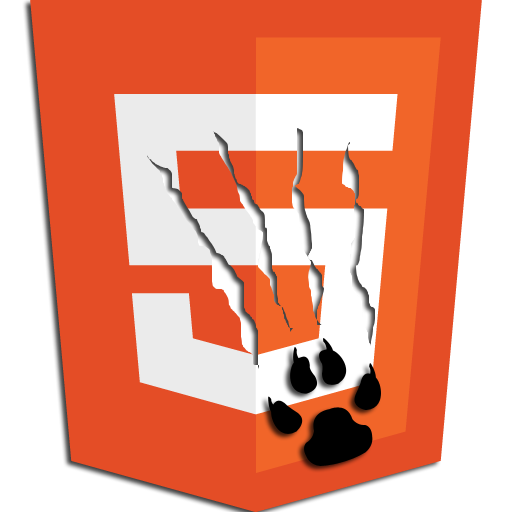It’s long past time for me to return to technical writing, if only because I need a respite from the battle against Trump and his evil minions. It helps that there is a lot to be excited about—in a good way—in the tech world. The Node community seems to be moving beyond its early growing […]
Tech: A Welcome Respite

